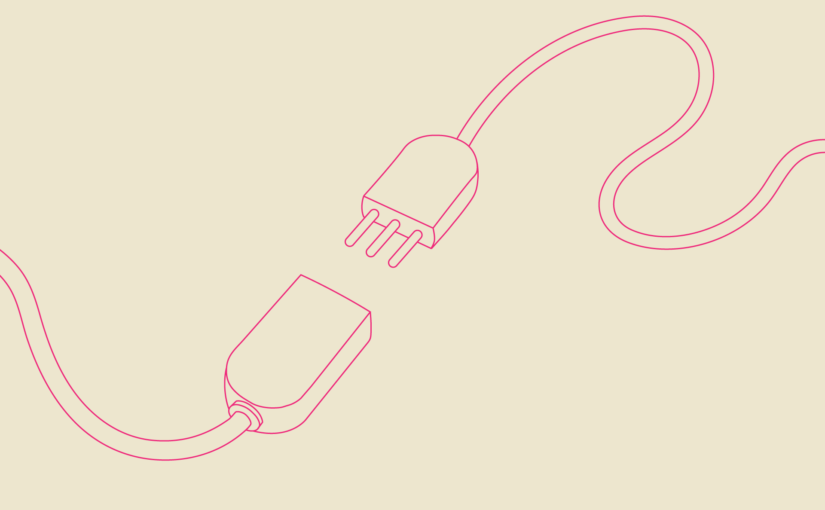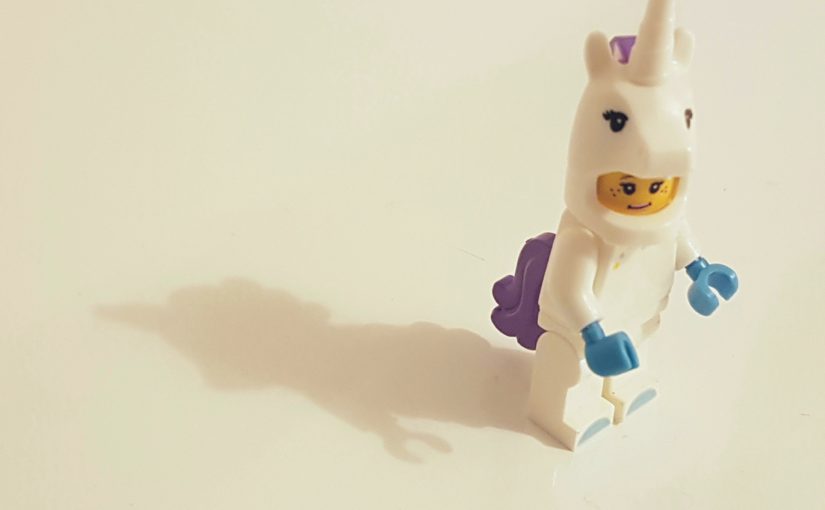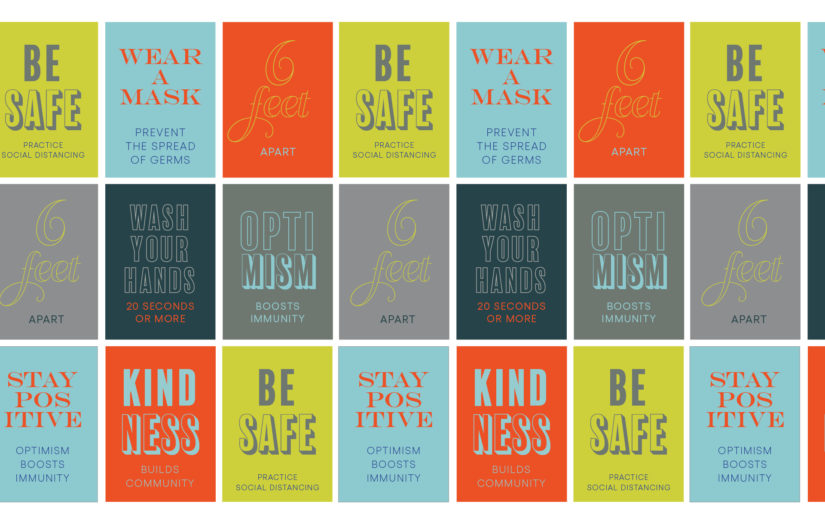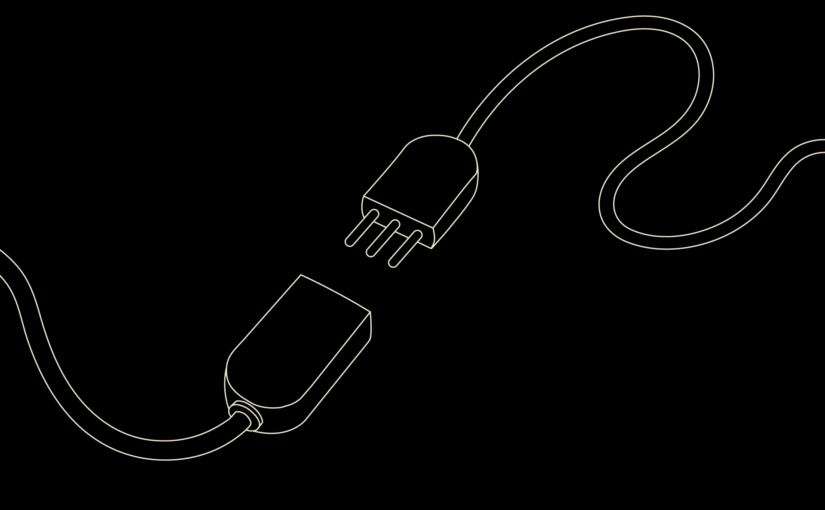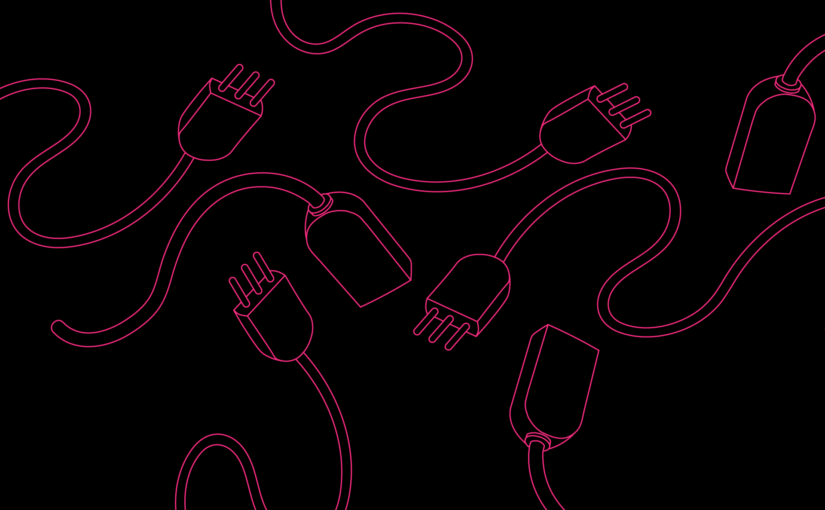Your Brand Isn’t Just External — It Lives Inside, Too
There’s a powerful overlap between brand strategy, company culture, and team energy. Once a new brand positioning is in place, it’s only as effective as the people and systems that bring it to life.
A successful brand must operate on two fronts:
- Externally, to attract and engage customers
- Internally, to align, energize, and empower the team
Here are three slightly unconventional ways to foster creativity, clarity, and stronger internal culture—whether it’s just you, or you + many:
1. Host a “Terrible Ideas” Summit
When you’re up against a tough challenge, make space for the bad ideas first. This helps dismantle internal pressure, invites quieter voices into the room, and often surfaces early-stage sparks that—given time and support—evolve into something remarkable.
2. Throw a Framing Party
Every interaction sends a message. In structured environments, we rely on briefs and check-ins to stay aligned. But in our day-to-day moments, we often operate unconsciously—bringing stress, distraction, or unspoken emotion into the room.
A framing party is a simple reset. Before your next interaction, ask yourself:
- What mindset am I walking in with?
- What impact do I want to have?
- What’s the story I’m telling with my presence?
That brief moment of awareness can dramatically shift how you show up—and how others respond.
3. Pause for Better Ideas
Great ideas don’t usually show up in brainstorms or meetings. They surface later—while driving, folding laundry, walking the dog.
The process looks like this:
- Define the challenge
- Get curious
- Gather input—research, conversations, exploration
- Then pause
That pause is essential. When your brain is full, rest lets it connect the dots in unexpected ways. It’s not magic—it’s neuroscience. Capture what comes, whether in a notebook, voice memo, napkin, or sticky note.
What practices have helped you or your team stay grounded, energized, and creative? We’d love to hear how you build culture from the inside out.




